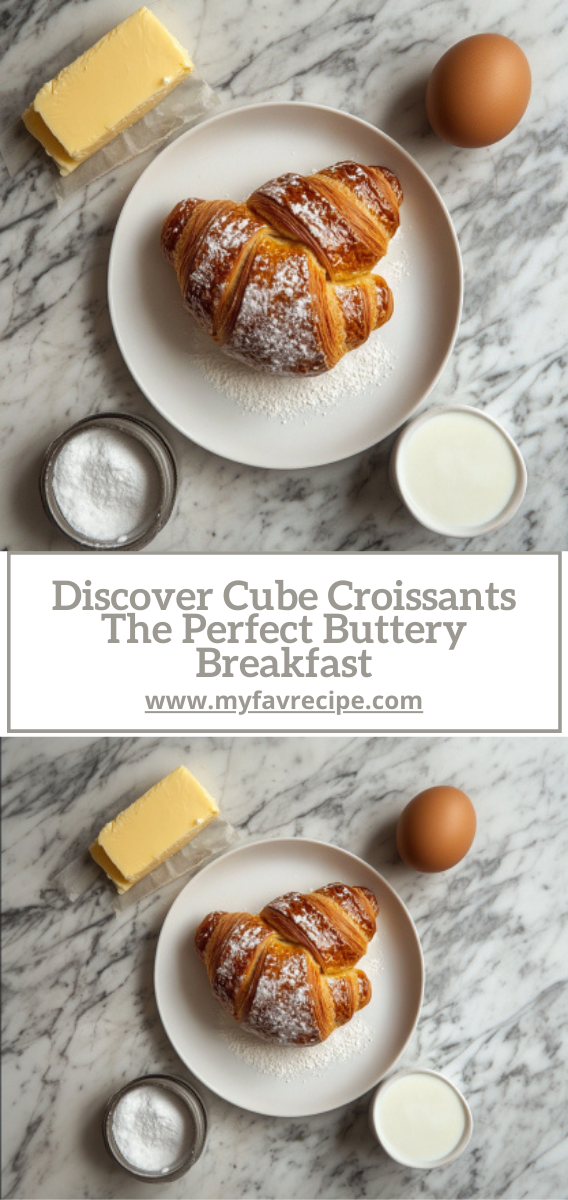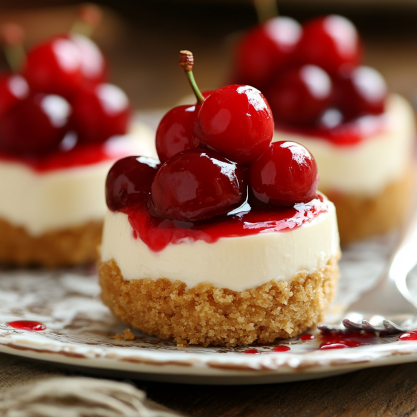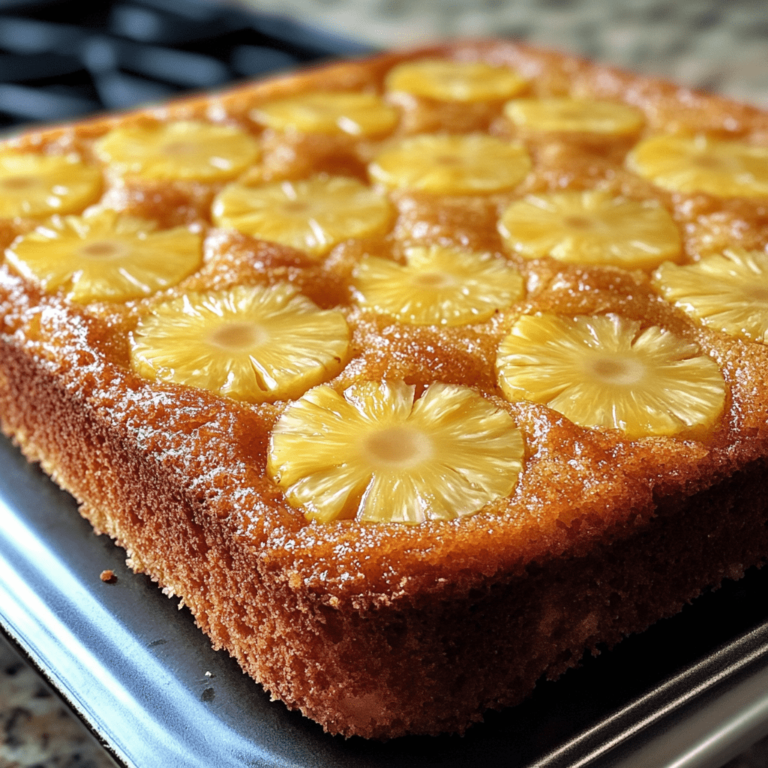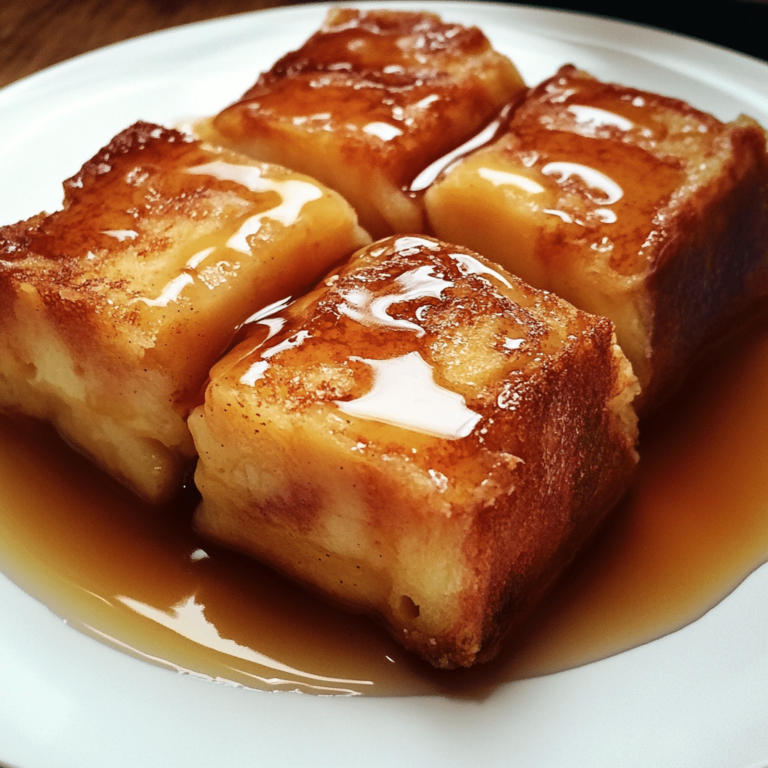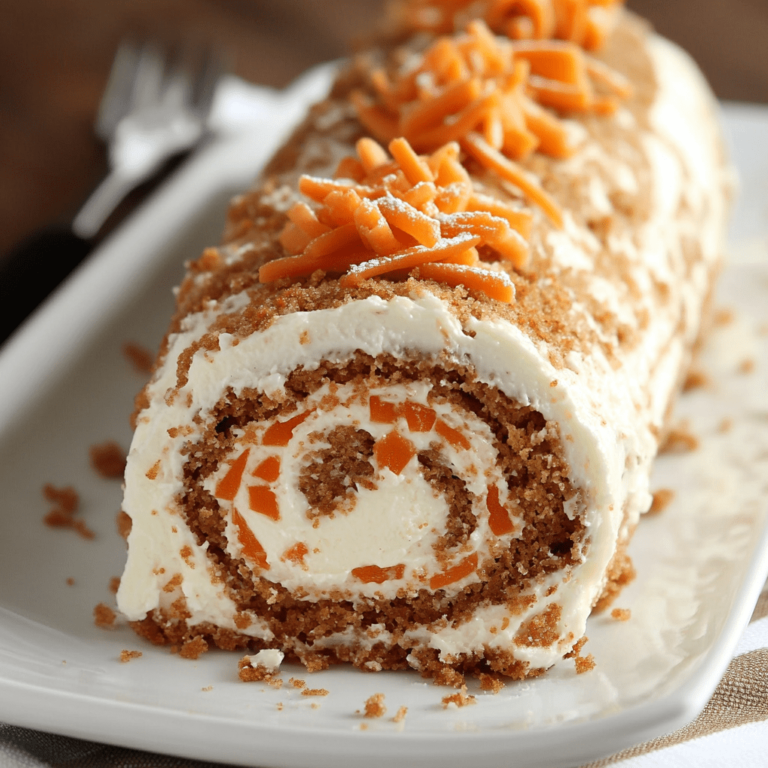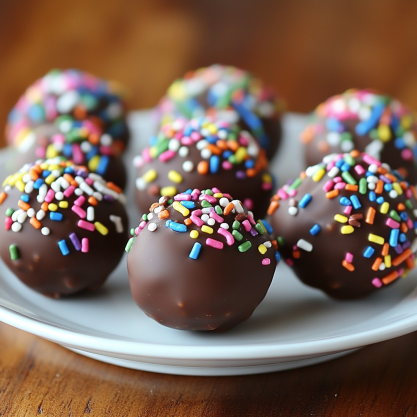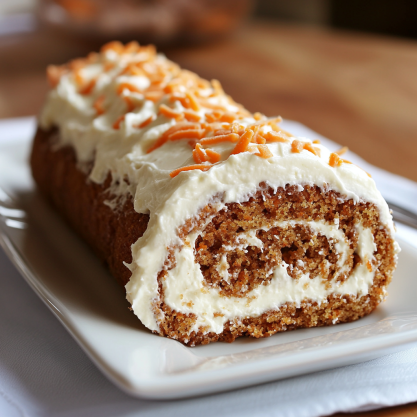Discover Cube Croissants The Perfect Buttery Breakfast
Imagine biting into a pastry that breaks the mold of traditional shapes. Cube croissants are the new sensation in gourmet breakfasts. They turn the classic French croissant into a geometric wonder that pleases both the eyes and taste buds.
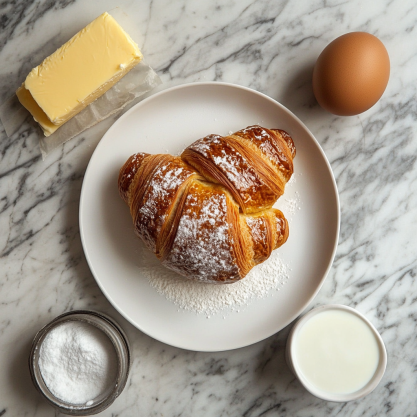
Bakers put their art into making these croissants. They layer buttery dough to create shapes that promise crispiness and flavor in every bite. Unlike crescent-shaped pastries, these cubes offer a unique texture that makes mornings special.
Food lovers and pastry fans are embracing cube croissants. Their layers and crisp edges challenge our views on breakfast pastries. Whether you’re looking for something new or just want to spice up your mornings, these square treats are here to change your routine.
The Rise of Cube Croissants: A Modern Twist on French Classics
The world of viennoiserie is seeing a big change with cube croissants. This new pastry breaks the mold of traditional shapes. It’s making waves in French bakeries and winning hearts around the globe.
Origins of the Geometric Viennoiserie Revolution
Pastry chefs are reimagining puff pastry with cube croissants. They’re trying out new shapes to make a pastry that’s both beautiful and different. The square shape not only looks great but also changes how we enjoy our breakfast.
How Cube Shapes Transform Traditional Pastry
- Enhanced structural integrity compared to traditional croissants
- More consistent layering of laminated dough
- Increased surface area for crispy, golden edges
- Unique eating experience with precise, clean cuts
The Science Behind Perfect Lamination
Making a perfect cube croissant is all about lamination. Chefs must layer butter and dough carefully. This creates flaky layers. The shape requires precision in technique and temperature.
“Geometry meets gastronomy in this revolutionary pastry design” – Parisian Pastry Guild
The cube croissant shows that new ideas can refresh old traditions. It brings a modern spin to a beloved classic.
Recipe card
Making cube croissants is a fun journey in artisanal baking. It turns simple pastry into a beautiful geometric shape. This recipe will help you make these unique treats with care and love.
Essential Equipment
- Digital kitchen scale
- Large mixing bowl
- Rolling pin
- Bench scraper
- Pastry brush
- Sharp chef’s knife
- Baking sheet
- Parchment paper
Premium Ingredients
- High-protein bread flour
- European-style unsalted butter
- Active dry yeast
- Granulated sugar
- Kosher salt
- Whole milk
- Large eggs
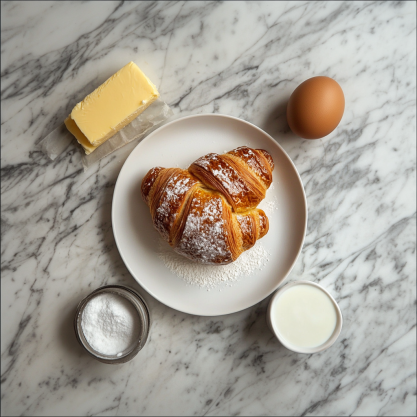
Step-by-Step Instructions
- Start by picking the best ingredients for real artisanal baking.
- Wake up the yeast in warm milk with a bit of sugar.
- Make a smooth dough by mixing flour, salt, and yeast together.
- Roll in butter into the dough with careful folds.
- Chill the dough to make the layers perfect.
- Roll and cut the dough into exact cube shapes.
- Let the croissants rise in a warm, still place.
- Bake at 375°F until they’re golden and flaky.
Pro Tip: Being patient is key when making these delicate treats. Take your time at each step for the best results.
“Artisanal baking is an art that rewards precision and passion” – Professional Baker’s Mantra
Mastering the Art of Cube Croissant Creation
To turn cube croissants into a masterpiece, you need creativity and precision. Pastry innovation lets you explore new flavors on these geometric treats. By trying out different croissant variations, you can push the limits of traditional baking.
Here are some key strategies for making amazing cube croissants:
- Developing intricate lamination techniques
- Selecting complementary flavor combinations
- Understanding structural integrity of cubic pastry shapes
There are many sweet and savory cube croissant variations to try. Here are some ideas for fillings:
- Seasonal fruit compotes
- Artisan cheese and herb blends
- Chocolate and nut combinations
- Spiced vegetable medleys
*”Creativity is the secret ingredient in transforming traditional pastries into extraordinary culinary experiences.”*
Professional bakers say it’s all about the butter layering and temperature control. The cubic shape needs extra care to keep each layer unique yet harmonious. Try different flours and water levels to improve your croissant’s look and taste.
Miniature cube croissants are perfect for special events. They let guests try different flavors in small bites. These tiny pastries show off your skills and please everyone’s taste buds.
Conclusion
Cube croissants have changed the world of flaky breakfast pastries. They bring a new twist to old baking traditions. These pastries show the creativity and hard work of today’s pastry chefs.
The making of cube croissants is a detailed process. It involves lamination and precise shapes. Bakers across the U.S. are making these pastries, turning simple ingredients into stunning treats.
Whether you love baking at home or enjoy trying new pastries, cube croissants are exciting. They mix tradition with innovation, offering a unique taste experience. Making cube croissants is as fun as eating them.
We encourage you to share your cube croissant stories and try new recipes. Join a community of food lovers who value the art of modern pastry. Your kitchen is ready to become a place of creativity!
FAQ
What exactly are cube croissants?
Cube croissants are a new twist on the classic croissant. They are shaped like a perfect cube, unlike the curved shape of traditional croissants. They keep the flaky, buttery layers that French viennoiserie is known for.
How are cube croissants different from regular croissants?
The main difference is their shape. Cube croissants are cut into a perfect cube, unlike the curved shape of regular croissants. This unique shape makes them visually appealing and offers a consistent texture in every bite.
Are cube croissants more difficult to make at home?
Yes, making cube croissants at home is more challenging than regular croissants. They require precise lamination and shaping. Home bakers need patience, practice, and careful temperature control to get it right.
What type of butter works best for cube croissants?
European-style butter with high fat content is best for cube croissants. Look for butter with 82-85% fat content for better flavor and layers. Using high-quality, cooler butter is key for the flaky texture.
Can cube croissants be filled or flavored?
Absolutely! Cube croissants are very versatile. You can fill them with sweet treats like chocolate or fruit, or savory options like ham and cheese. Their shape is perfect for creative fillings.
How long do cube croissants stay fresh?
Cube croissants are best eaten within 1-2 days. Store them in an airtight container at room temperature to keep them fresh. You can also freeze them for up to a month and reheat them to enjoy their fresh texture.
Are cube croissants a passing trend or here to stay?
Cube croissants are more than a trend. They show the creativity of modern bakers while honoring traditional French baking. Their unique look, taste, and customization options suggest they are here to stay.

Cube croissants
Equipment
- Digital kitchen scale
- Large mixing bowl
- Rolling Pin
- Bench scraper
- Pastry brush
- Sharp chef's knife
- Baking sheet
- Parchment paper
Ingredients
- High-protein bread flour
- European-style unsalted butter
- Active dry yeast
- Granulated sugar
- Kosher salt
- Whole milk
- Large eggs
Instructions
- Start by picking the best ingredients for real artisanal baking.
- Wake up the yeast in warm milk with a bit of sugar.
- Make a smooth dough by mixing flour, salt, and yeast together.
- Roll in butter into the dough with careful folds.
- Chill the dough to make the layers perfect.
- Roll and cut the dough into exact cube shapes.
- Let the croissants rise in a warm, still place.
- Bake at 375°F until they're golden and flaky.
